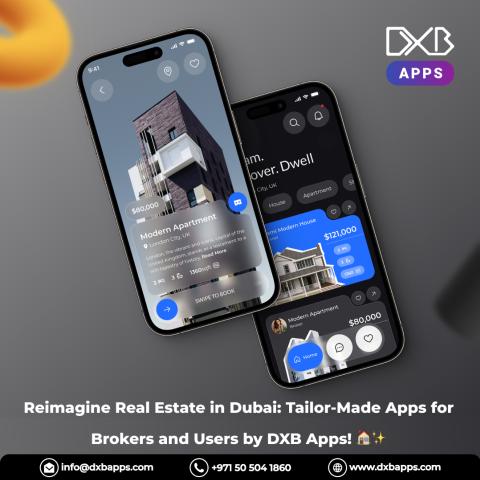Mobile banking apps have revolutionized the way customers manage their finances. With more users relying on their smartphones for banking transactions, creating a secure, scalable, and user-friendly mobile banking app has never been more important. This step-by-step guide will walk you through the essential stages of mobile banking app development, focusing on security, key features, and user experience.
Step 1: Ideation and Market Research
The first step in developing a successful mobile banking app is ideation and market research. Understanding your target users' needs is crucial. Start by conducting surveys, focus groups, and analyzing competitor apps to identify key features that are essential for your app. Market trends, like the increasing use of AI-driven financial tools or mobile payments, should also influence your app’s features.
Step 2: Define Key Features and Functionality
Once you've gathered insights from your research, it's time to define the core features of your mobile banking app. Key functionalities should include secure login, account management, fund transfers, and bill payments. You may also want to integrate advanced features like AI-powered financial insights or chatbot support for 24/7 customer service. Tailoring features to meet customer expectations can differentiate your app from the competition.
Step 3: Design UX/UI for Optimal User Experience
User experience (UX) and user interface (UI) design play a critical role in the success of any banking app. Prioritize easy navigation, intuitive design, and responsive interfaces to ensure your app is user-friendly across various devices. Accessibility should also be a key consideration—ensure that the design accommodates users with different needs, including those with visual impairments.
Step 4: Ensure Robust Security and Compliance
Security is a top priority when developing any banking app. Implement end-to-end encryption, multi-factor authentication, and secure APIs to protect sensitive financial data. Compliance with GDPR, PSD2, and other regulations is mandatory. Ensuring that your app meets regulatory standards will not only protect users' data but also safeguard your organization from legal risks.
Step 5: Develop, Test, and Iterate
The development process involves coding the app and conducting rigorous testing to ensure functionality, security, and performance. Beta testing is essential—gather user feedback to identify bugs or areas for improvement. Iterative development allows you to refine features and optimize the app based on real-world usage.
Step 6: Launch and Post-Launch Activities
Once the app is ready, launch it on the App Store and Google Play. Pay attention to app store optimization (ASO) to enhance visibility. After the launch, monitor user feedback, fix bugs, and release regular updates to enhance the app’s functionality. Post-launch support is key to maintaining a satisfied user base.
Conclusion
Developing a mobile banking app requires careful planning, from ideation to launch. By following these steps—market research, defining key features, focusing on security, and prioritizing user experience—you can create an app that meets both customer expectations and regulatory requirements. Invest in your mobile banking app today to stay competitive in the evolving financial landscape.
Read More: Mobile Banking App Development: Step-by-Step Instructions














